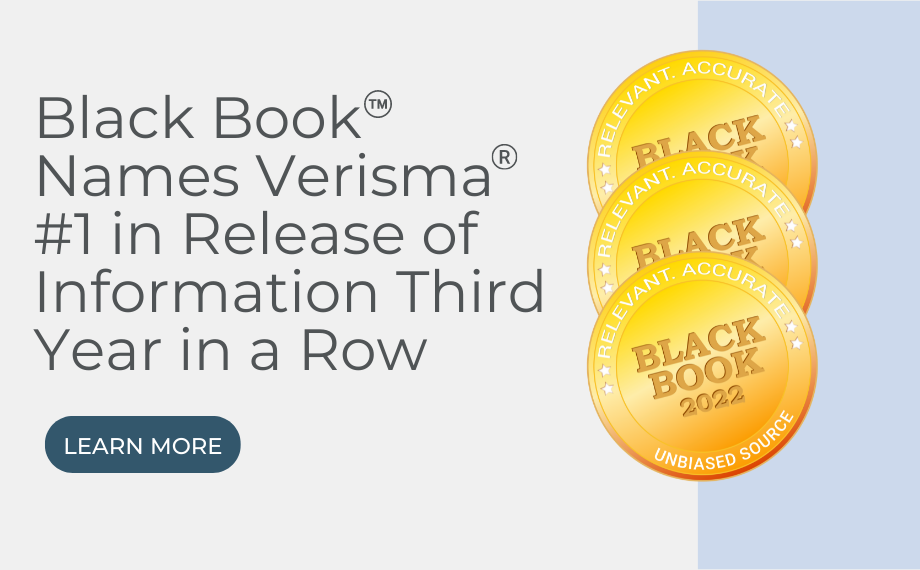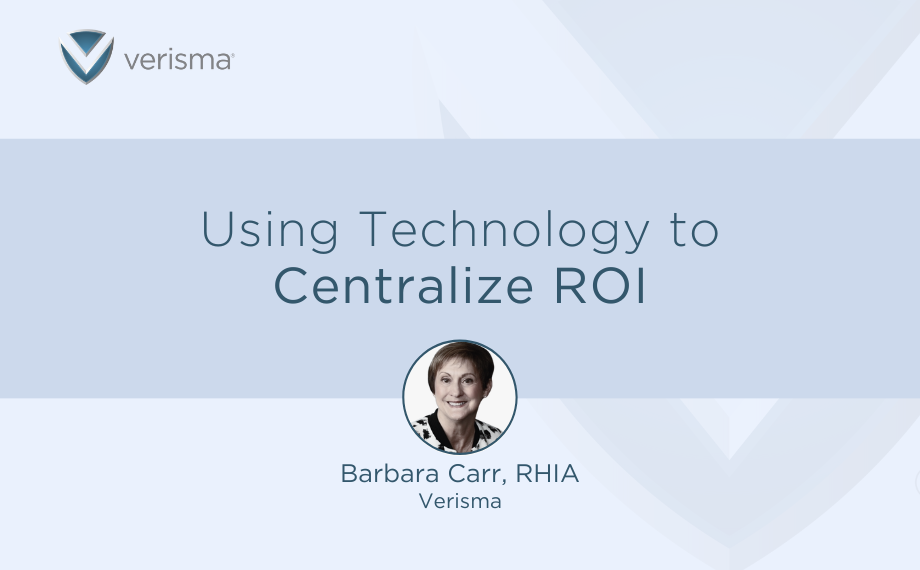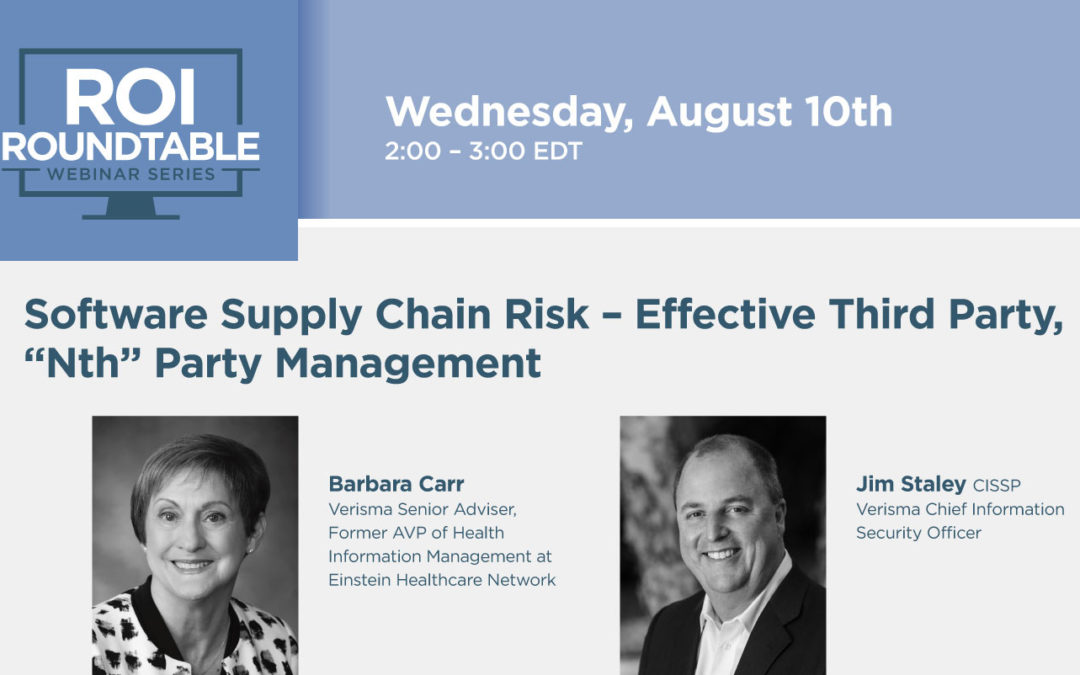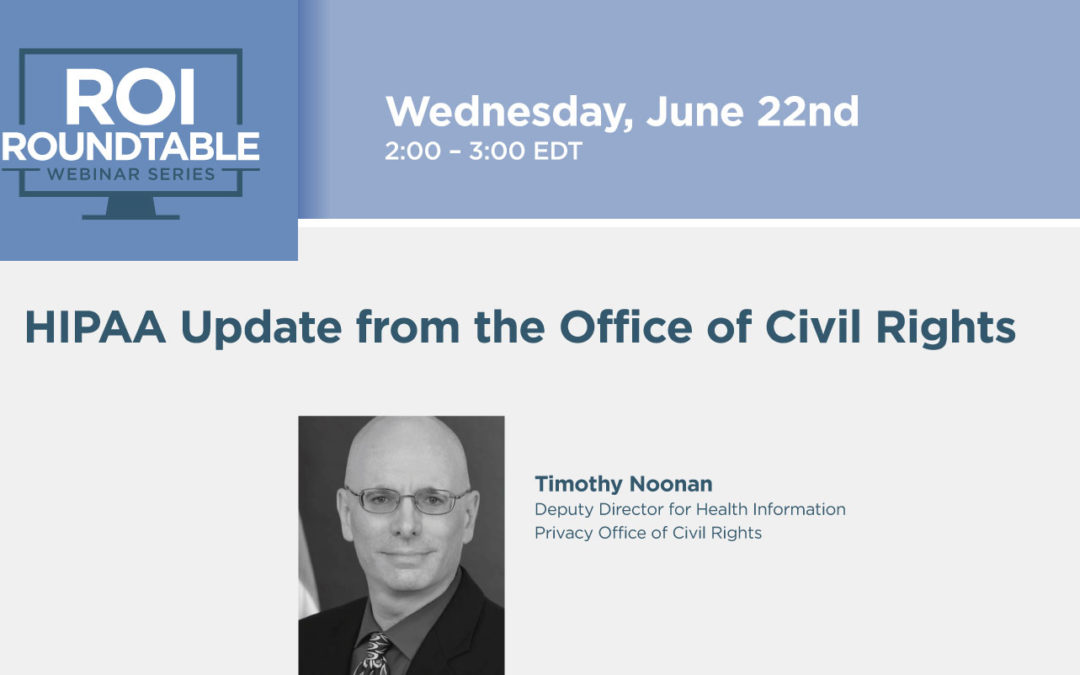
Black Book Names Verisma #1 in Release of Information Third Year in a Row
WASHINGTON, D.C., November 16, 2022 – For the third year in a row, Black BookTM Market Research ranked Verisma as the #1 vendor in Release of Information. After surveying users of ROI technology and services across the country, Verisma scored highest in 11 of the 18 data points measured. These include:
- Strategic alignment of client goals including VBC HIE ONC
- Innovation & optimization
- Training
- Client relationships and cultural fit
- Trust, accountability, transparency, ethics
- Deployment and implementation
- Integration and interfaces
- Reliability, consistency
- Marginal value adds and modules
- Support and customer care
- Best of breed technology and process improvement
Black Book’s unique research methodology focuses on front-end users of technology and services vs. executives who are more likely to have made the selection and purchase decisions of the vendors.
“As the Black Book information shows, our relationship with clients is our top priority,” said Verisma co-founder Andy McManus. “We have no way of telling who takes surveys like these, but our consistently high rank in a variety of measures three years in a row shows these are universal sentiments across our client base. It’s an honor to see this acknowledgement in the strength of our relationships and the solutions we provide.”
Full rankings for Release of Information Services & PHI Disclosure Management Solutions can be viewed at Black Book™ Announces Top Client-Rated Coding, Transcription, Clinical Documentation Improvement and Clinical Information Management Software and Services Vendors 2022 (apnews.com).
About Verisma
With Verisma® services and technology, health information managers elevate their organization’s method of securely disclosing confidential information to patients, attorneys, and other third parties. Built on the principles of truth and accuracy, Verisma is a trusted partner in complying with changing regulations while reducing errors, turnaround time, and cost. Verisma HITRUST® certified technology integrates with existing EHRs and portals for advanced automation and transparency uniquely designed for release of information (ROI), self-serve request tracking, and audits. Flexible service models including full-service, technology-only, or a hybrid seamlessly blend Verisma’s end-to-end solution with the needs of existing staff. Our partnership is truly a promise to put patient protection first.
Media Contact:
Delinda Tinkey
dtinkey@verisma.com







